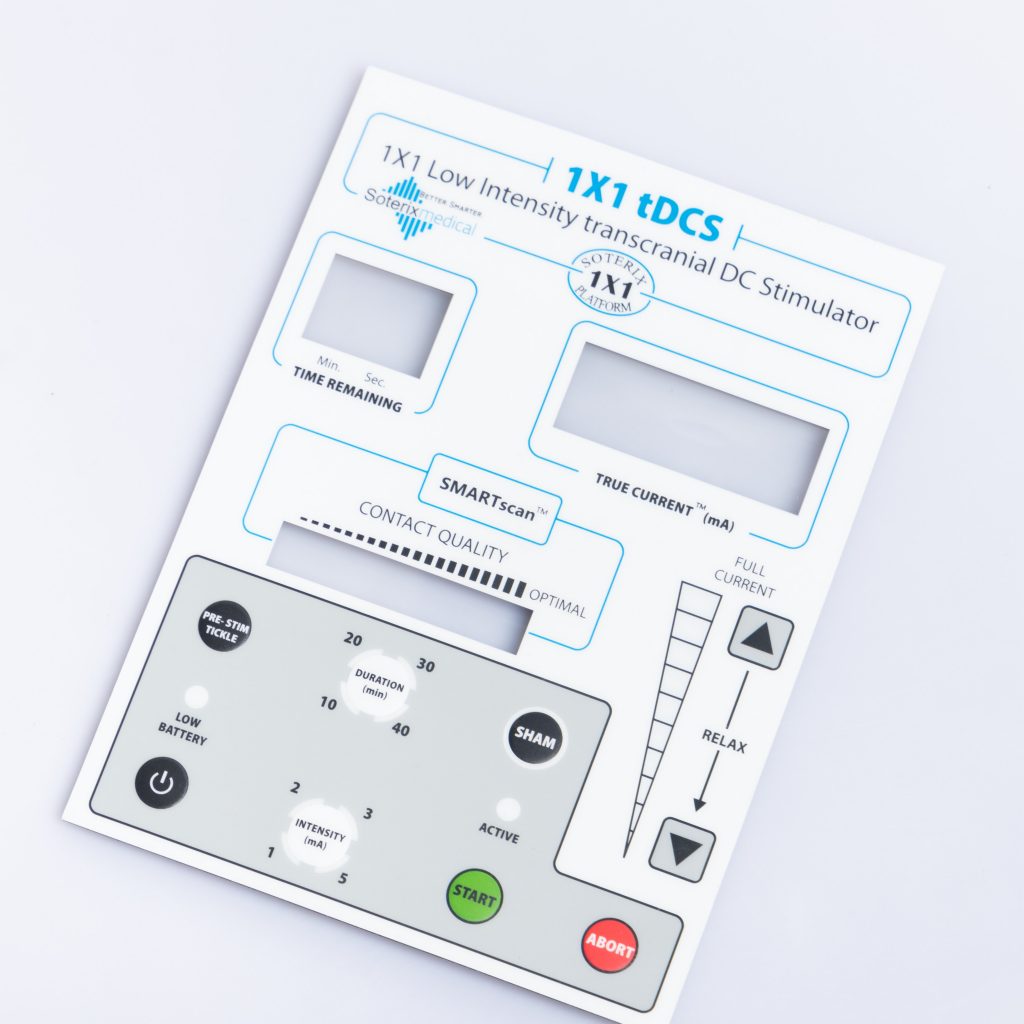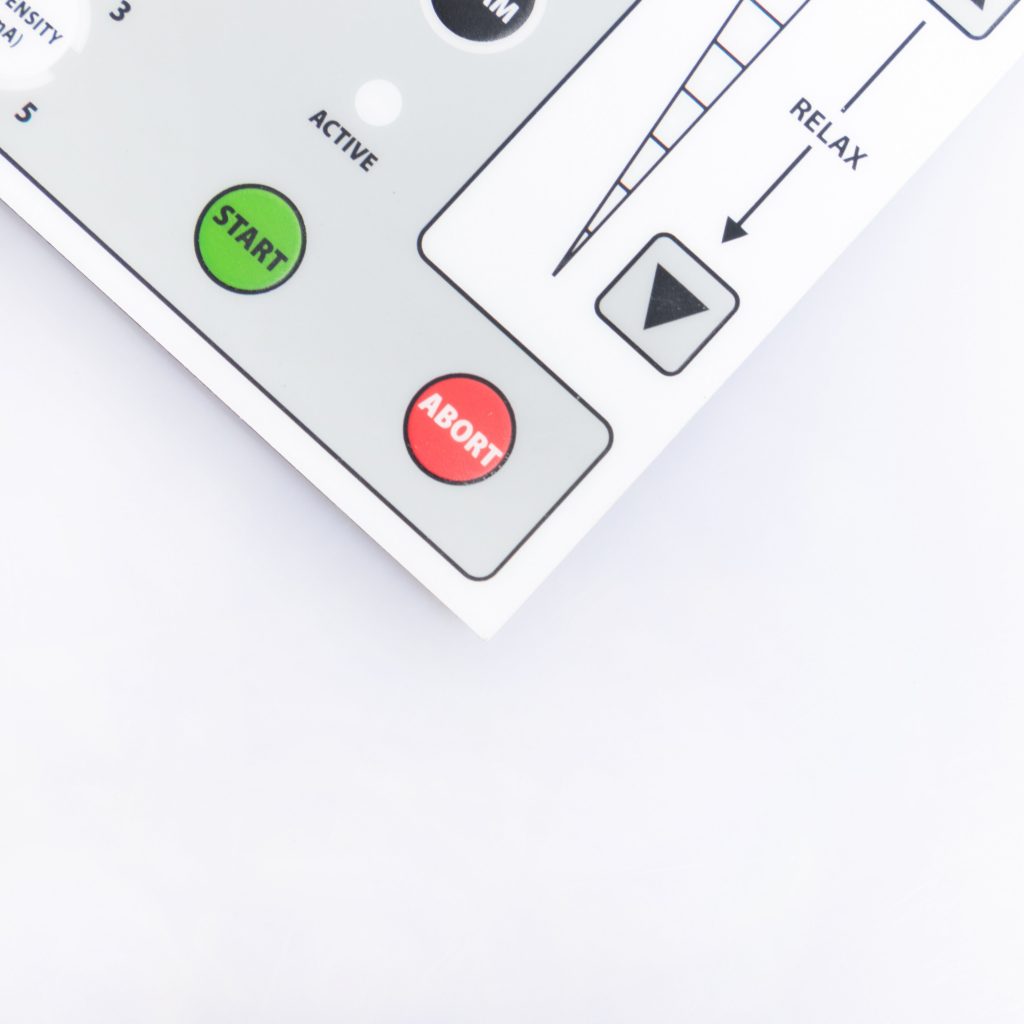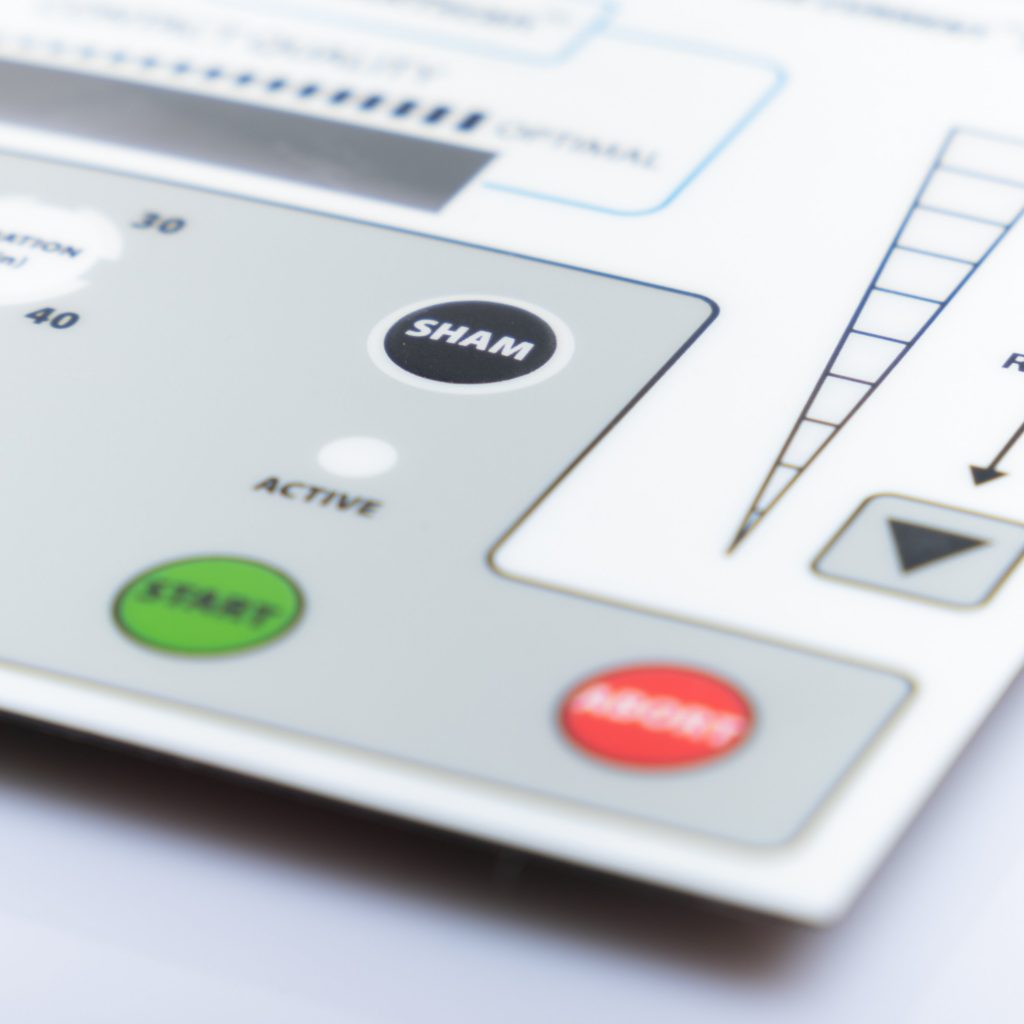Contact
Write to Us And We Would Be Happy to Advise You.
Do you have any questions, or would you like to speak directly with a representative?
By hqt
In today’s fast-paced digital world, technology has become an integral part of our daily lives. From smartphones to laptops, from home appliances to industrial machinery, everything relies on efficient electronic components. One such essential but often overlooked component is the membrane flexible switch. In this article, we will dive deep into the world of membrane flexible switches, exploring their significance, applications, and the role they play in ensuring the seamless functioning of various devices.



Membrane flexible switches, also known as membrane keypads or membrane switches, are thin, flexible sheets typically made of polyester or polycarbonate. These switches are designed to provide a tactile interface for users to input commands or control various functions in electronic devices. Unlike traditional mechanical switches, membrane flexible switches work on the principle of electrical conductivity through pressure-sensitive components.
Before we delve into the applications and benefits of membrane flexible switches, let’s take a closer look at their structure:
The top layer of a membrane flexible switch is often a graphic overlay that displays labels, icons, or symbols corresponding to the functions or commands. This layer serves as the user interface and is typically made from materials like polyester or polycarbonate for durability and visibility.
Beneath the graphic overlay lies a spacer layer, which contains holes or depressions aligned with the switch locations on the overlay. This layer acts as an insulator, preventing unintended activation of switches.
The circuit layer is where the magic happens. It consists of conductive traces made from materials like silver or copper. When pressure is applied to a specific area on the graphic overlay, it causes the conductive traces to connect, completing an electrical circuit and registering the user’s input.
The bottom layer, or backer, provides structural support to the membrane switch. It is typically made of a rigid material such as fiberglass or aluminum. This layer ensures the switch remains stable and durable.
Now that we understand the structure of a membrane flexible switch, let’s explore its wide-ranging applications.
Membrane flexible switches have found their way into numerous industries and applications due to their versatility and reliability. Here are some key areas where these switches are indispensable:
In consumer electronics, membrane flexible switches are commonly used in remote controls, microwave ovens, television sets, and even game controllers. Their low-profile design and ability to withstand repeated use make them ideal for these applications.
Medical equipment, such as infusion pumps, blood analyzers, and diagnostic devices, rely on membrane flexible switches for their user interfaces. The switches’ resistance to moisture and easy cleaning make them suitable for healthcare environments.
Membrane flexible switches are used in car dashboards, steering wheel controls, and other automotive applications. Their ability to handle harsh environmental conditions and ergonomic designs make them a preferred choice.
In industrial settings, where durability and reliability are paramount, membrane flexible switches are used in control panels for machinery, production lines, and manufacturing equipment. They can withstand exposure to dust, chemicals, and heavy usage.
Aerospace and military applications demand high-performance components. Membrane flexible switches are used in aircraft control panels, cockpit displays, and military communication devices due to their ruggedness and precision.
Now that we’ve explored where membrane flexible switches are used, let’s highlight some of their key benefits:
Membrane flexible switches are known for their longevity and resistance to wear and tear. They can endure millions of actuations, making them a cost-effective choice for manufacturers.
Compared to mechanical switches, membrane flexible switches are more cost-effective to produce and install. This makes them an attractive option for companies looking to reduce manufacturing costs.
The graphic overlay of membrane flexible switches can be customized with various colors, graphics, and textures, allowing designers to create visually appealing user interfaces.
These switches are designed to withstand extreme temperatures, moisture, dust, and chemicals, making them suitable for a wide range of applications.
In conclusion, membrane flexible switches are the unsung heroes of modern technology. They may not be as glamorous as the latest smartphones or laptops, but they play a crucial role in ensuring the functionality and user experience of various electronic devices across industries. Their durability, cost-effectiveness, and design flexibility make them a reliable choice for manufacturers.
Membrane flexible switches can endure millions of actuations, making them highly durable and long-lasting.
Yes, the graphic overlay of membrane flexible switches can be customized with various designs, colors, and textures to suit specific applications.
Yes, membrane flexible switches are designed to be resistant to moisture and can be used in environments where exposure to liquids is a concern.
Membrane flexible switches are more cost-effective to produce and install compared to mechanical switches, making them a budget-friendly choice for manufacturers.
You can find membrane flexible switches from reputable electronic component suppliers and manufacturers.
Do you have any questions, or would you like to speak directly with a representative?